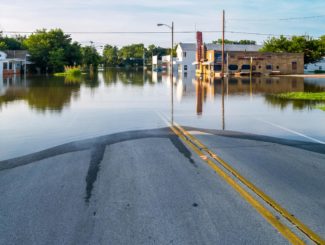by Candace Amberg
Feb. 6, 2015
Quality of life in any community is dependent on that community’s character, physical environment, and personal living space. These can all be improved when a community includes parks, natural open spaces, trails, and recreational opportunities.
The most successful approach to developing a park system plan – or any comprehensive planning project – is through a robust public engagement process. This will achieve the best understanding of constituent needs, resulting in local confidence that planning decisions align with and are relevant to the interests of the population being served. It is particularly important to engage the public when considering a referendum. The graphic below illustrations how a public engagement process can avoid wasted resources or community dissatisfaction.

Modern park system planning should be based on the specific needs of the community and citizens that the parks will serve. The process of developing and maintaining public space is costly and time intensive, and should be conducted through a thorough and transparent needs assessment and public process. This routinely involves hosting several input and review meetings with a wide variety of individuals, committees and stakeholders. Digital communications, social media, and other survey techniques may be effective ways to reach the right audiences.
The goal is ultimately to ensure that the findings and recommendations are a synthesis of the input from the residents, elected officials, city staff, and other community members. Following is a partial list of considerations that are typically explored when considering long-term improvements to a community’s park system.
• History of the system
• Previous planning studies and reports
• Demographics
• Recreation trends
• System-wide property and facility assessment
• Public input/needs and desires of the community
• Active/programmed recreation, as well as passive uses
• Community image, tourism, and economic development
• Trail network – internal and external connections
• Natural resource management
• Budget
• Safety and accessibility
• Flexibility of spaces to create a variety of experiences
• Operations and maintenance

